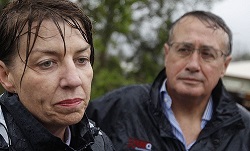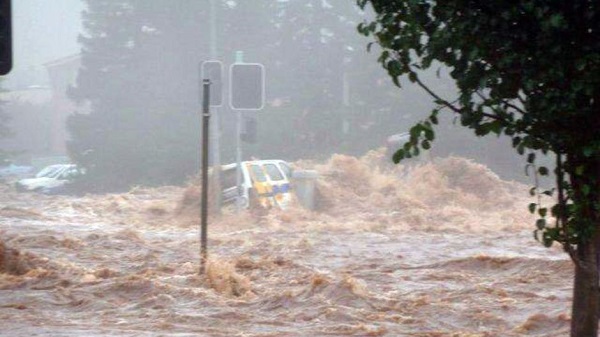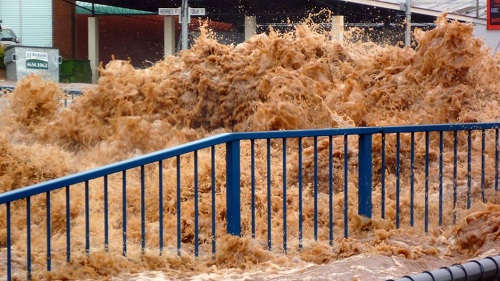Methane worries
A team of Russian research scientists have been surveying the seabed of the East Siberian Arctic Shelf off northern Russia for nearly 20 years.
In an exclusive interview with The Independent, Igor Semiletov, of the Far Eastern branch of the Russian Academy of Sciences, said that he has never before witnessed the scale and force of the methane being released from beneath the Arctic seabed.
“Earlier we found torch-like structures like this but they were only tens of metres in diameter. This is the first time that we’ve found continuous, powerful and impressive seeping structures, more than 1,000 metres in diameter. It’s amazing,” Dr Semiletov said. “I was most impressed by the sheer scale and high density of the plumes. Over a relatively small area we found more than 100, but over a wider area there should be thousands of them.”
I realise this has been linked to three times in the previous thread, but it’s important and not everyone reads the comments threads.
A separate study has found that the methane stored in permafrost is three times larger than earlier estimates. It could release 1.7-5.2 times more carbon than previously thought, depending how rapidly the world warms.
In a cautionary note here, James Hansen reckons we are forcing the system 20,000 times faster than commonly happened through natural caused in the past 50 million years. Continue reading Climate clippings 58 →










